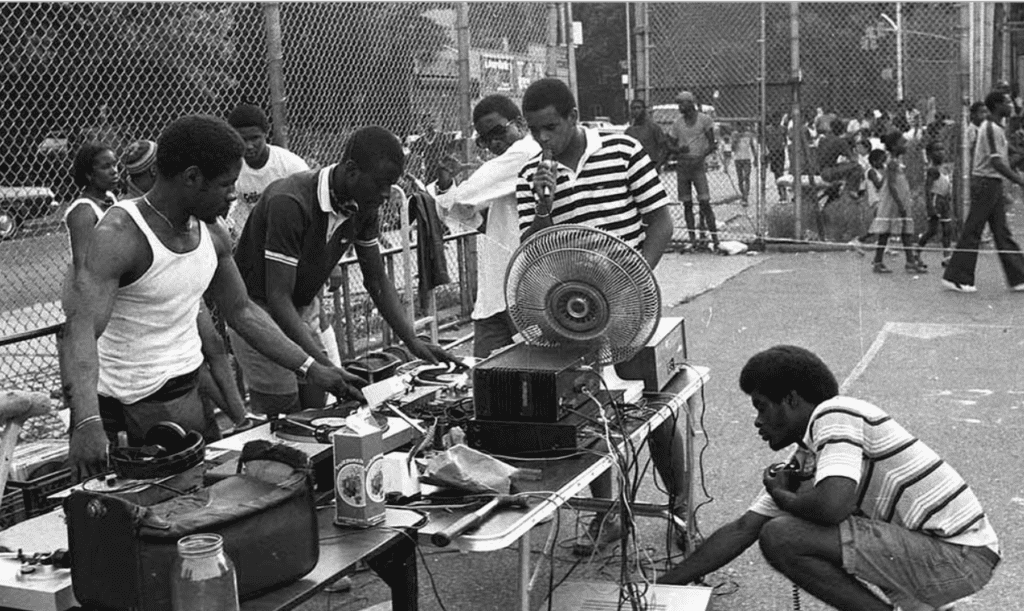80's Hip Hop- A Form of Self-expression
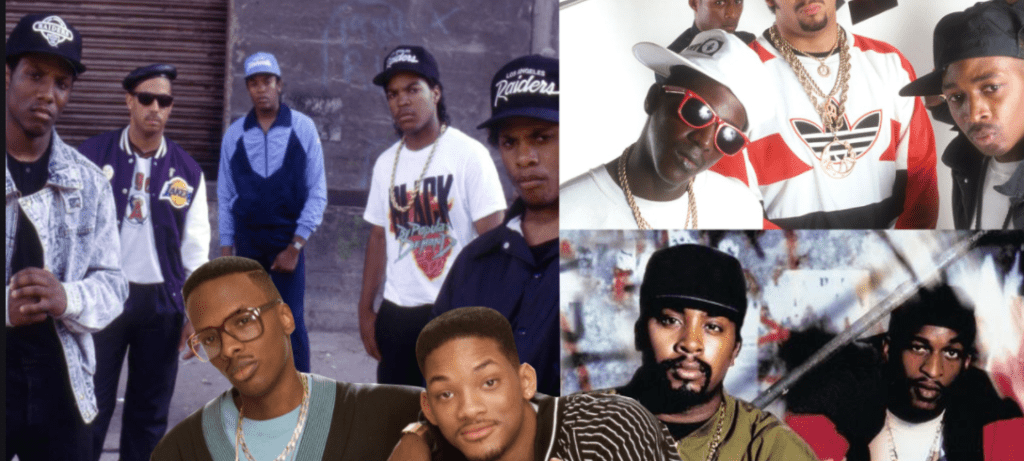
Speaking From Personal Experience and Emotion
What do you think about when you hear 80’s Hip Hop? Do you hear different experience that many of these well-known artists have gone through regarding their daily lives? During the 80’s, Hip Hop was on the rise to becoming the next big music genre we hear on all music platforms such as Spotify, Soundcloud, and radio stations all over in today’s society. These artists wanted to bring music to a whole different level while bringing different beats, sounds, and rhymes to the table. Many 80’s Hip Hop artists were able to use this music genre as a form of self-expression that spoke to every audience member in a different way in order to get their point across about certain injustices they face as individuals and expression their culture as someone in the black community. Most importantly, 80’s Hip Hop was used to finally have their voices heard after hundreds of years of torment slaves faced with their culture and identity being stripped from them, not being heard overall.
Featured Artists of The 80's
Run-D.M.C
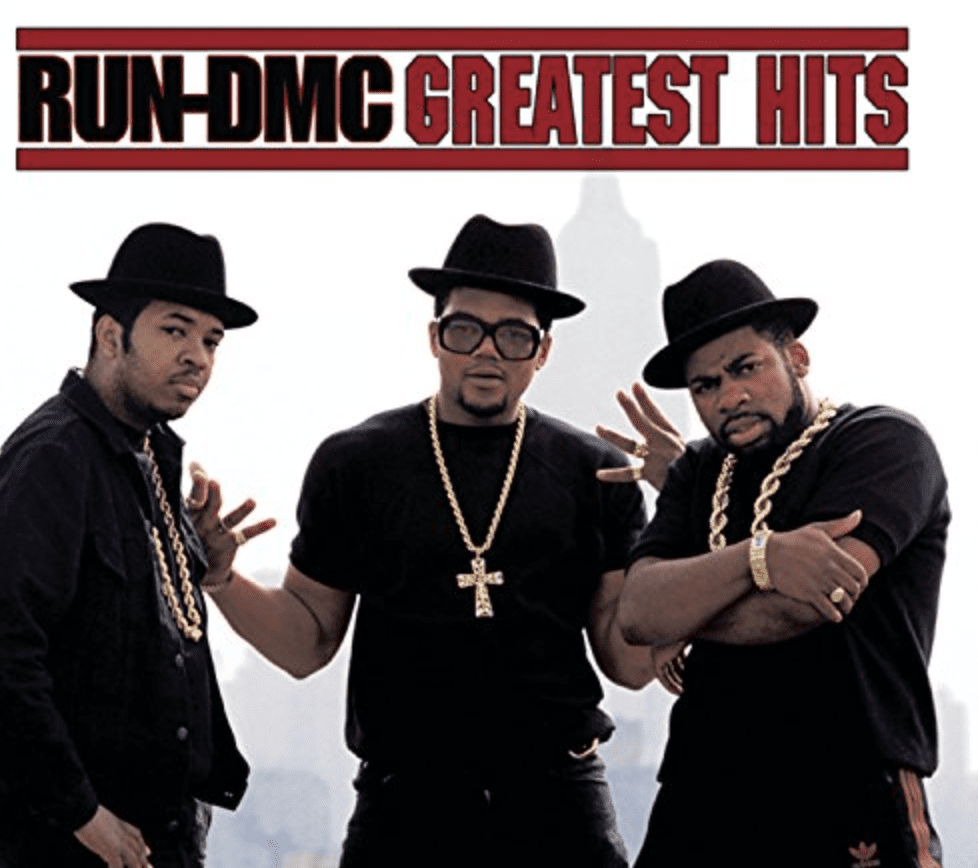

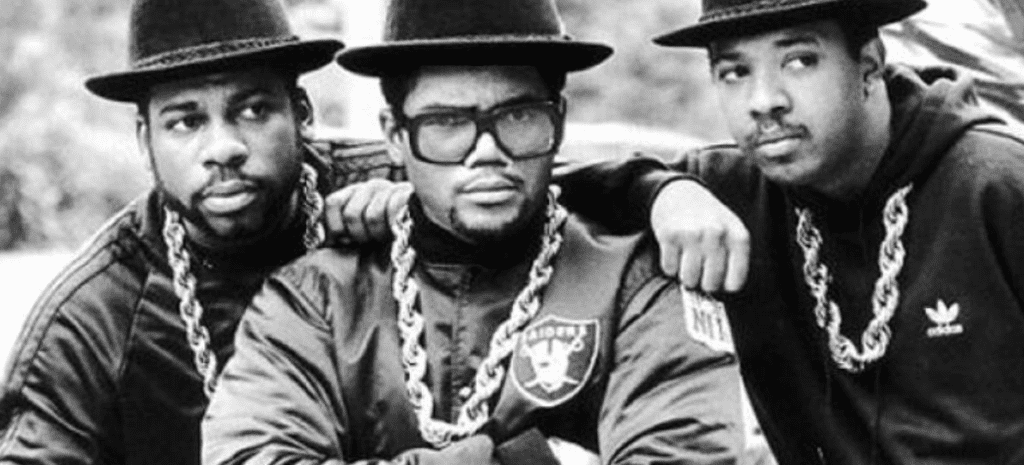
Run-D.M.C without a doubt took the Hip Hop industry to the next level, and ultimately creating a new sound in Hip Hop that lead to many future artists taking after them as they were certainly an inspiration to others. On March 27th, 1984, was the start in changing everything we know about Hip Hop when they released their first debut album called, “It’s Like That,” and “Sucker MC’s.” During the 80’s, many Hip Hop artists were trying to recreate a sound or style from what they formerly heard on radios and make it into rap that appealed to audience members other than B-Boys and B-Girls. However, what made Run-D.M.C so different was how they were able to create their own sound in their first single, “Sucker MC’s,” and made it completely their own aside from what other Hip Hop artists were trying to achieve. The result? Well, “Sucker MC’s” and “It’s Like That,” became the epitome of Hip Hop in the early 80’s resulting in their songs being played on every single boombox in urban cities, reaching many more people than they intended. In fact, when Hip Hop was first starting out in the early 80’s, artists were looking up to people such as Earth, Wind, and Fire, Parliament, and Funkadelic in order to achieve that look that these major artists had, trying to become the next big thing. Run-D.M.C felt that being from Hollis, Queens was just enough to capture the attention of their audience with their own unique style. Being unique to them meant other people deciding to be unique in their own way, resulting in different styles that came after Run-D.M.C evolving into styles we know today.
N.W.A
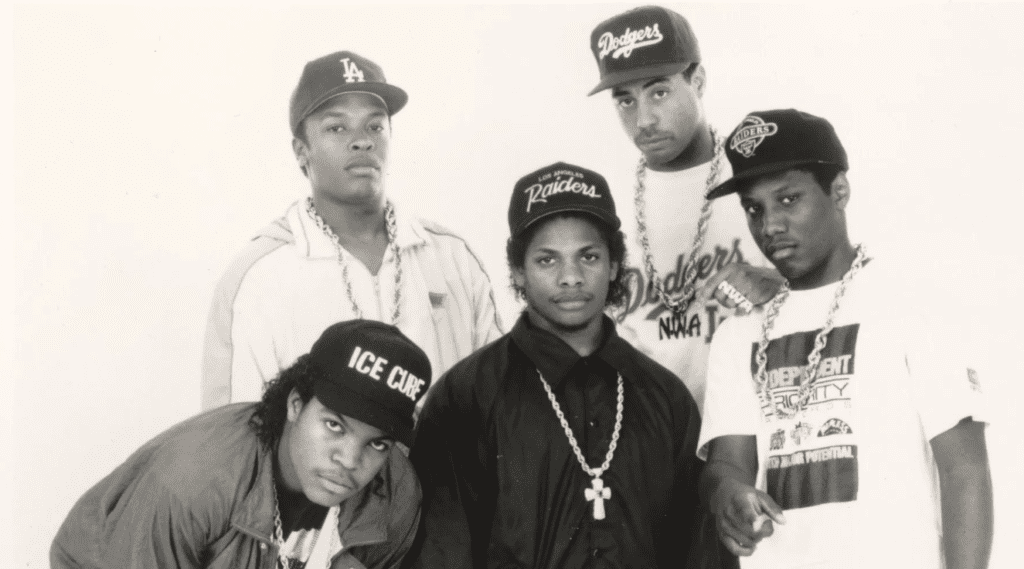

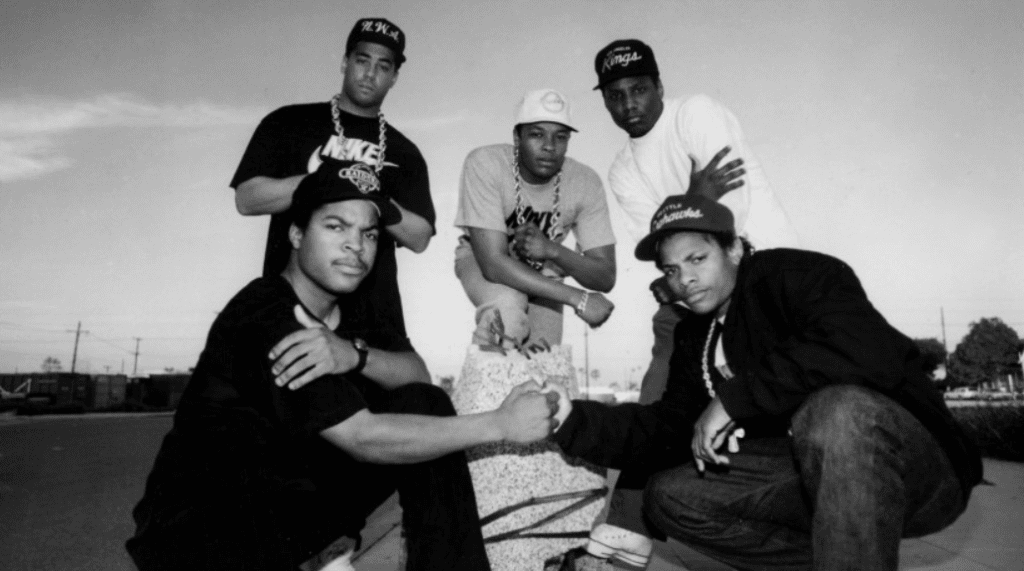
N.W.A. is another notable hip hop group born in the ’80s. N.W.A. The group was formed in 1986 by the members Arabian Prince, Dr. Dre, Eazy E, Ice Cube, MC Ren, and D.J. Yella—all of which grew up in South Central Los Angeles, California cities such as Crenshaw and Compton. N.W.A. was an abbreviation for Niggaz Wit Attitudes. Ice Cube used the N-word to strip it of its derogatory meaning and redefine it as a liberating term. N.W.A. indeed lived up to their name as they expressed unapologetic, uncensored music about their experiences growing up in poverty, around drugs, violence, and more. N.W.A. quickly became political from merely speaking their truth about an often disregarded reality—the reality of being a poor, Black man in America. N.W.A. was influenced by early gangsta-rap legends such as Ice-T. N.W.A. incorporated elements of Funk from artists like James Brown, the Ohio Players, and The Winstons. Even the group’s song “Express Yourself” was sampled music from the Funk band Charles Wright & The Watts 103rd Street Rhythm Band. In 1988, NN.W.A. released their first debut album “Straight Outta Compton.” The two most popular songs on the album are “Straight Outta Compton” and “F**k tha Police.” MC Ren and Ice Cube, specifically, were inspired to write “F**k tha Police” because LAPD detained them for shooting paintball guns for fun. The situation quickly escalated when the LAPD, with guns drawn, forcibly lied N.W.A. members face down in the streets. Shortly after this traumatic encounter, N.W.A. turned to the recording studio to deliver a passionate song about police brutality Black men face. “F**k tha Police” was the song that launched N.W.A. into fame and also caught the attention of the F.B.I. Not-so-fun fact: the F.B.I. hated “F**k tha Police” so much that they wrote a record to Priority Records because they thought the song would incite anti-police violence. This letter created more hype around the album, and “Straight Outta Compton” ended up selling over two million copies. N.W.A. have an everlasting legacy, and they continue to have a significant influence on today’s artists like The Game, Kendrick Lamar, and Schoolboy Q. Overall, N.W.A. laid the framework for uncensored, fearless hip hop that most artists were afraid to explore.
Genres and Influences
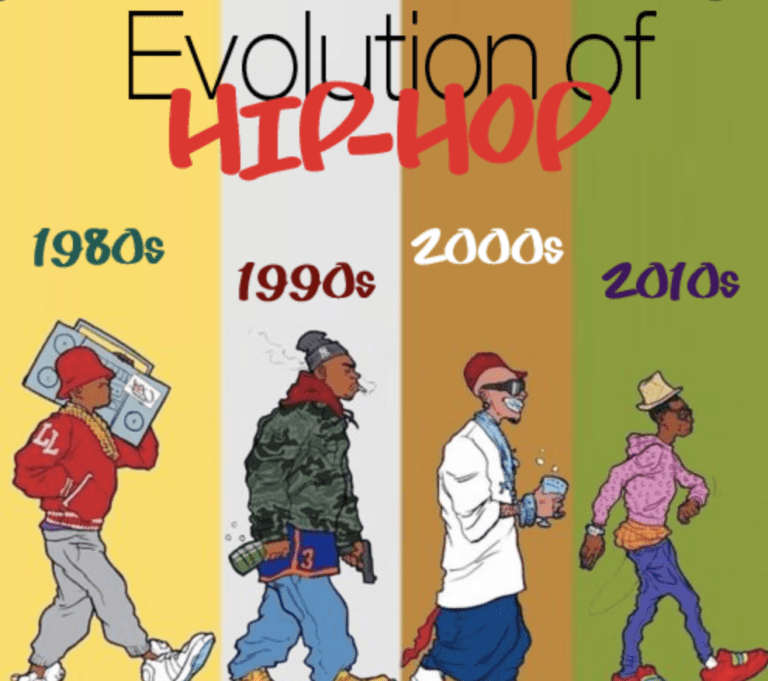
Though Hip Hop is mainly a form of self-expression regarding the problems faced by the black community in their lives, there was much more involved than just that as it was something that was used to have their culture seen nationwide by people of all ethnicities and races. Hip Hop was formed in 1970’s in the Bronx, and later was heard in different states and cities. People often played 80’s Hip Hop in house parties and on the blocks of their neighborhood communities. MC’ing, known as rapping, played a huge role in 80’s Hip Hop as it was used to compete with their opponent by different languages to capture the attention of the audience standing around them. As Hip Hop began to take the world by storm in the 1980’s, many people in the black community had more freedom with social statements that were used in this genre of music. Many Hip Hop artists began to use their body to reflect the rhythm of music. Beatboxing is a form of rhythm that many rappers and Hip Hop artists use today, and the 80’s was where it was born! Music videos today are how Hip Hop artists portray their platform and become recognized by the industry and their listeners. It is a way for them to not only speak through their music, but show audience members a point of view in these artists’ lives and culture. When music videos in Hip Hop became popular in the 80’s, what you would often see in these videos were urban neighborhoods and graffiti that was a staple to how black people would express themselves and be able to share their stories. 80’s Hip Hop grabbed the attention of listeners and not only expanded in several states other than New York, but expanded all the way to Europe.

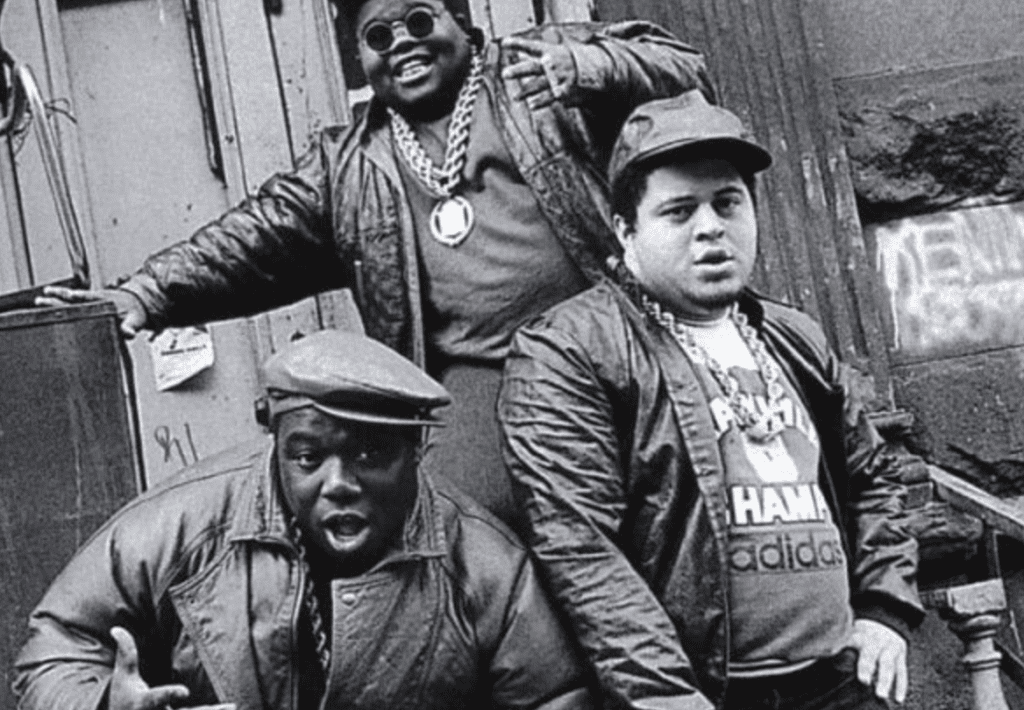
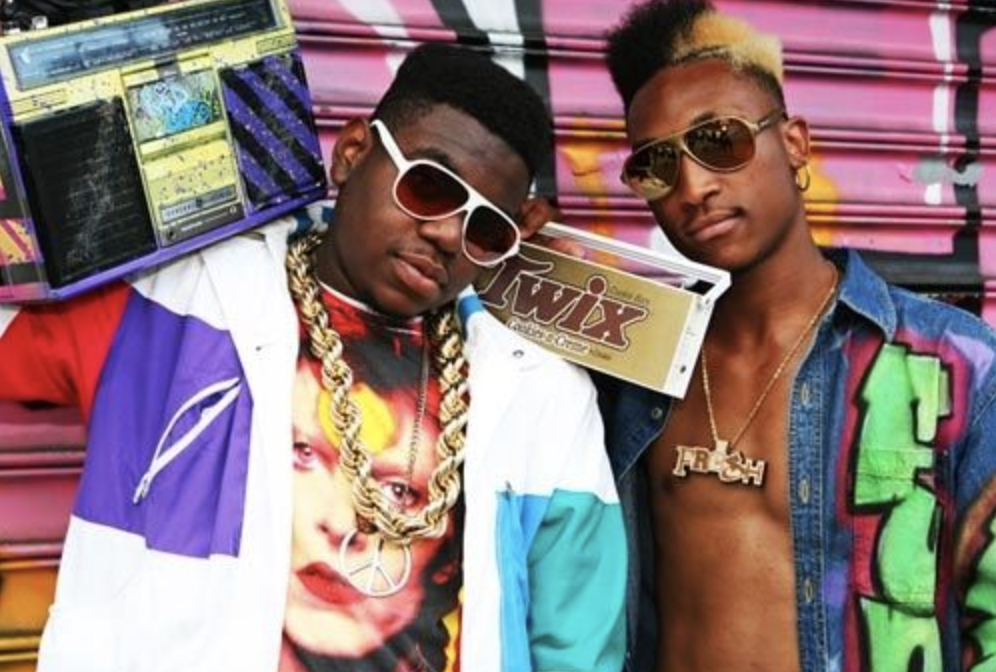
The Cultural Impact of Hip-Hop
Hip-Hop played a vital role in not only the black community but other marginalized communities as well. This new form of expression is a direct result of the socio-economic issues facing these communities. Hip-Hop allowed people to stress their grievances through art, fashion, music and language. Hip-Hop was birthed when all of these were brought together, during the 70s and this form of expression was now able to touch several different parts of the world.
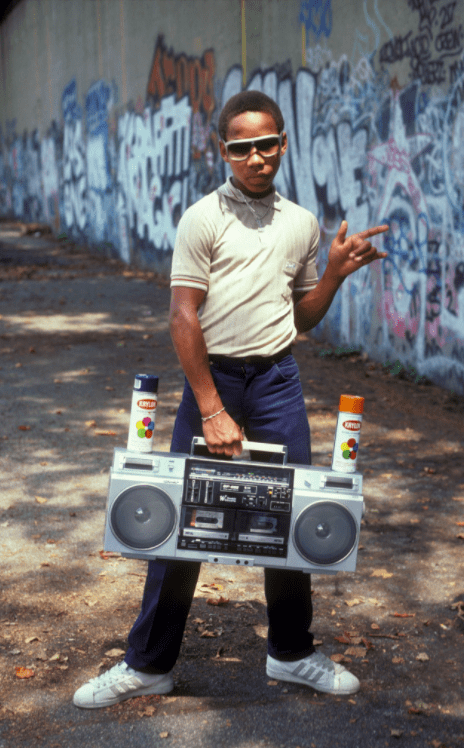

To the left, these visionaries are DJ Tony and DJ Kool Herc. DJ Kool Herc is credited for the switch, which was a dance bash. DJ Kool Herc played spun the same record on twin turntables, to make the dancing break longer. Later DJ’s were trying to copy what he did or outdo him. This alone still impacts the Hip-Hop culture today.
Hip-hop has always been controversial, and for good reason. When you watch a children's show and they've got a muppet rapping about the alphabet, it's cool, but it's not really hip-hop. The music is meant to be provocative—which doesn't mean it's necessarily obnoxious, but it is (mostly) confrontational, and more than that, it's dense with multiple meanings. Great rap should have all kinds of unresolved layers that you don't necessarily figure out the first time you listen to it.
Fashion Trends of The 80's
When we bring our attention to hip-hop fashion today, we often times think of huge fashion brands as well as high end designer wear. The 1980s however saw a more-so wider range of brands that actually got the support of those in the world of Hip Hop. Looking back, we realized that the 80s was a very important decade that shaped the rest of the culture for many years to come.
The Air Jordan Brand
Similar to today, sneaker culture was very important in the 80s. The Air Jordan brand was established in 1984 and the Jordan 1 was released in 1985. Within the decade, Jordan also released the underrated 2, the nostalgic 3 and the classic 4. Air Jordan was nowhere near as dominant in the sneaker culture as it is today however it was regarded as a prized possession by many in the industry.



LL Cool J & Bucket Hats
Although LL Cool J wasn’t the first rapper to wear bucket hats, he was definitely one of the biggest. In the 80s, LL Cool J was a man of many hats, one of them his Kangol bucket. The style then got an upgrade as it appeared on the cover of his 1987 album Bigger and Deffer and is considered his most iconic style choice from any era. The MC wore a pair of Bred 1s and a red Kangol bucket on the back cover of his 1985 album Radio. He helped to introduce Kangol into not only Black culture but also mainstream America.

Colossal Jewelry
As the Hip Hop culture grown size and prominence, so did the chains. Rappers wore a lot of colossal gold ropes, gold rings, and gold watches. Dj Eric B and Rakim both wore jewelry on their classic album Paid in Full. Ben Baller estimated the worth to be a total of $200,000 which is close to half a million dollars in terms of currency in 2020. Rappers were known for competing with each other when it came to jewelry to see who had the flashiest, most expensive pieces.
Dance Trends of The 80's
In the 80’s the dance was a natural partner to the rough beats within Hip-Hop, and breakdancing was king. Started in the late 70’s by Kool Herc when he as DJing back in the Bronx at the beginning of the Hip-Hop movement. The B-boys and B-girls would hit the stage and dance when there was a break in the music. The moves they displayed were not like the disco moves of the early 70’s. They would contort their bodies, show off impressive footwork, do spins, splits and crazy flips. There was more of a focus on self expression and creativity in breakdancing and Hip-Hop provided the perfect sound for it. During the 80’s the ways of the B-boys and B-girls hit the streets. Kids and adults alike would hit the street with their boom boxes and perform for passers by or groups of friends. The break dancing scene itself soon really began to take off as more and more people followed. Now days breakdancing has evolved and changed along with hip-hop, but the old school ways will never live up to today’s attempts.


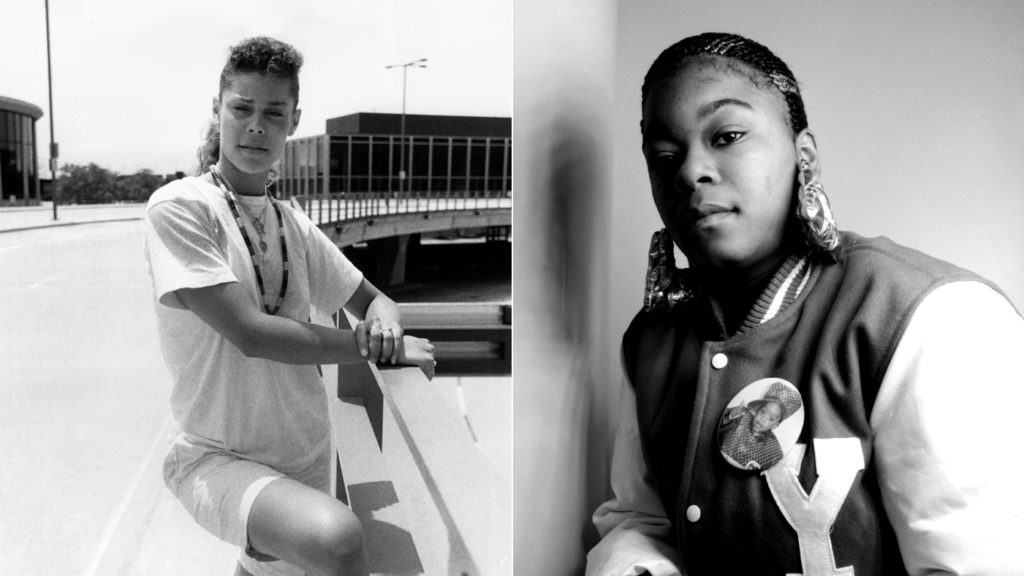
During the late 1980s, the Bridge Wars took place. The Bridge Wars was a rivalry between two New York hip hop groups, the Juice Crew and Boogie Down Productions. In 1985 MC Shan of the Juice Crew released his Marley Marl produced the song “The Bridge.” MC Shan made a bold claim in “The Bridge” and stated that hip hop began in Queensbridge, New York. After hearing this, KRS-One of the Boogie Down Productions was appalled and retaliated with his song “South Bronx” in 1987. KRS-One argued that the South Bronx is where hip-hop originated. Then, on MC Shan’s album Down by Law, Boogie Down Productions fired back on “Kill The Noise” in August of 1987. On this track, they dissed KRS-One and took jabs at the fact that he was even mad in the first place. Even Roxanne Shante, the first lady of the Juice Crew, was part of this back and forth battle. Lastly, Boogie Down Productions dropped “The Bridge Is Over,” which is still regarded as one of the best career-enders. The Bridge Wars came to a sudden halt when Boogie Down Productions member, DJ Scott La Rock, was shot and killed in 1987.
Enough about men. Let’s talk about the Roxanne Wars, which was hip hop first known beef. In 1984, Lolita Shante Gooden, or Roxanne Shante, was just 15 when she recorded “Roxanne’s Revenge.” One day she went over to her neighbor’s apartment, the infamous Marley Marl, when he was remixing “Roxanne, Roxanne” by UTFO. The UTFO song was about a girl who rejected a member of UTFO in a mean way. Marley Marl wanted to respond to this song and flip the narrative: this time in Roxanne’s perspective. Roxanne’s perspective was that these men were gross and couldn’t take no for an answer after several rejections. Fun fact: that’s actually how Roxanne Shante got her rap name. “Roxanne’s Revenge” was entirely freestyle and gave birth to the alter ego of Roxanne Shante. “Roxanne’s Revenge” quickly became a hit. As expected, UTFO was upset and turned their anger into a song with “The Real Roxanne.” UTFO wrote the song and had Elease Jack rap it. Although the song was a hit, Elease Jack wasn’t appealing to the public. Afterward, Adelaida Martinez was replaced as The Real Roxanne, and the Roxanne Wars went back and forth. However, The Real Roxanne was totally jacking the style of Roxanne Shante, which is why Roxanne Shante outlasted both girls. Who would have thought a spontaneous moment at your neighbors would land you in so much beef.

